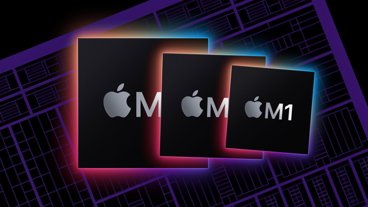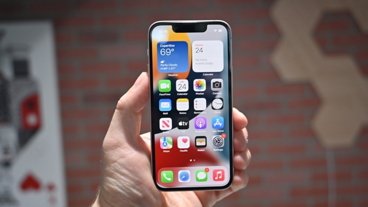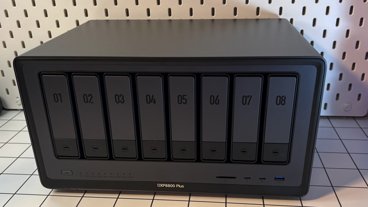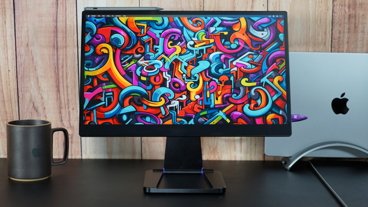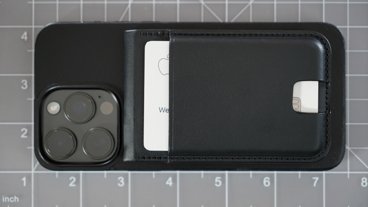Apple's 27" iMac only supports native or 720p video input, no 1080p
Excitement about the potential for using the iMac and its large, high quality display as an HDMI HDTV or display for a game console such as the Xbox or PlayStation 3 fizzled after it was revealed that the port only supports DisplayPort input signals, and not the VGA or DVI/HDMI video signals that most external devices use.
This limitation effectively limits the iMac to accepting video input from recent MacBooks or other computers that produce DisplayPort video, which works significantly differently from earlier analog VGA or digital formats such as DVI/HDMI.
That technical chasm can be bridged by a converter box that accepts a DVI/HDMI signal (the two video standards are essentially the same in different packaging), transforms it to DisplayPort signaling, and scales it to the output resolution of the iMac.
A simple physical adapter won't work for video input due to the iMac's DisplayPort-only input limitation; cheap Mini DisplayPort-to-HDMI adapters can only extract the HDMI output signal the iMac generates and pushes through its Mini DisplayPort connector. They do not do any signal translation.
Two products that can do this translation work are the AV360â„¢ Mini DisplayPort Converter and Kanex HD, both of which cost $150. However, while those products appear to be capable of generating both 720p and 1080p output, the 27" iMac only accepts 720p video or its native 2560x1440 resolution.
EDID limitation
It appears the 27" iMac could accept 1080p input, and certainly can support display of the video resolution, as it falls well within its 2560x1440 native resolution. A similar problem affects Apple's 24" LED Cinema Display, which has a native 1920x1200 resolution but only supports that resolution via its DisplayPort input; like the 27" iMac, it won't accept a 1080p signal (1920x1080), the common format of higher end HD equipment such as HDMI set top boxes and the PS3, even though it appears it should be able to.
The problem is that Apple's EDID (Extended Display Identification Data) on the iMac and LED Cinema Display doesn't advertise 1080p as an option. EDID is a simple data structure a display sends to output devices that outlines what video formats and settings it knows how to support. Both devices appear capable of 1080p but simply don't advertise that capability in a way that external devices like the AV360 and Kanex HD can take advantage of.
It appears Apple could update the firmware for these displays to enable support of 1080p input, allowing users to input full 1080p video from devices such as the PS3. Users might not notice a major difference, as experts say its hard to see a real difference between 720p and 1080p on screens smaller than 50 inches.
However, some devices are hardwired to only support 1080p, and can't scale their output to support the Cinema Display's slightly higher resolution nor the 27" iMacs much higher resolution, forcing them to downscale to 720p or not work at all (as is the case with the LED Cinema Display, which is really only indended to work with Apple's Mini DisplayPort-equipped MacBooks and modern desktop Macs).
 Daniel Eran Dilger
Daniel Eran Dilger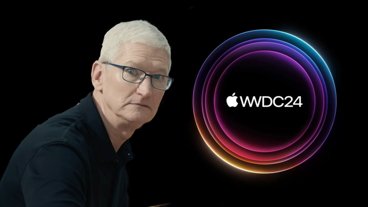
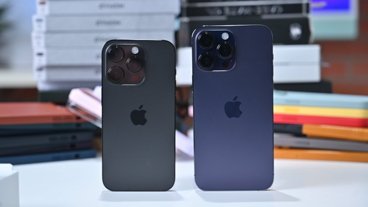


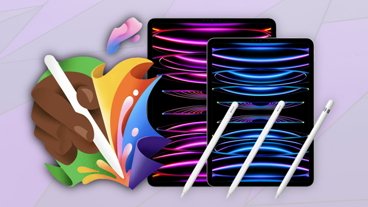

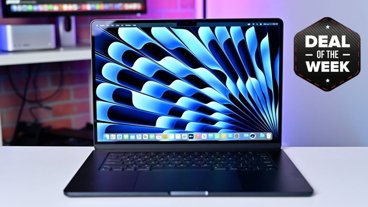
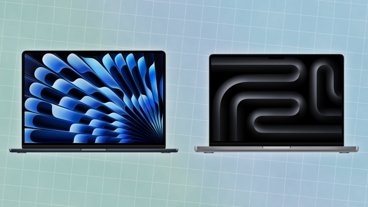
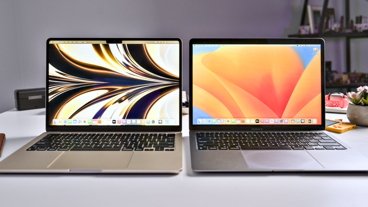
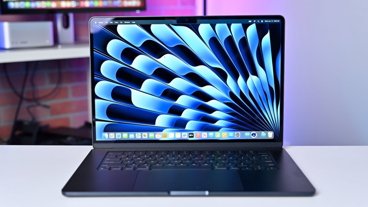
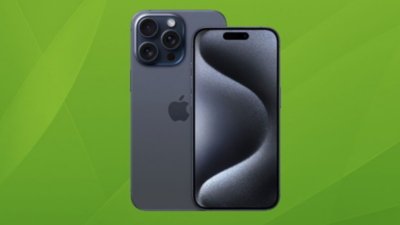
 Chip Loder
Chip Loder
 Andrew Orr
Andrew Orr
 Marko Zivkovic
Marko Zivkovic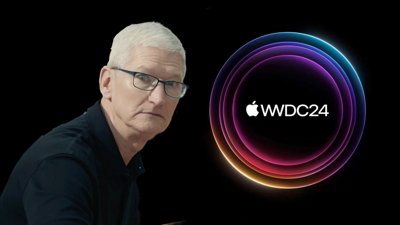
 David Schloss
David Schloss

 Malcolm Owen
Malcolm Owen

 William Gallagher
William Gallagher
